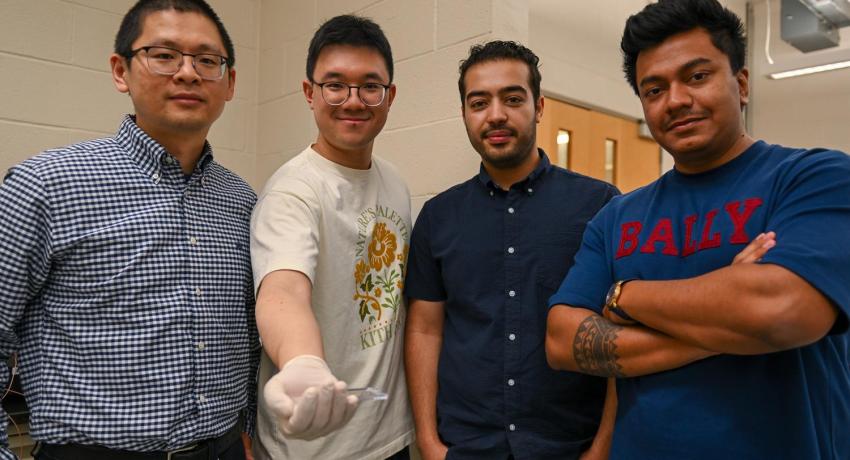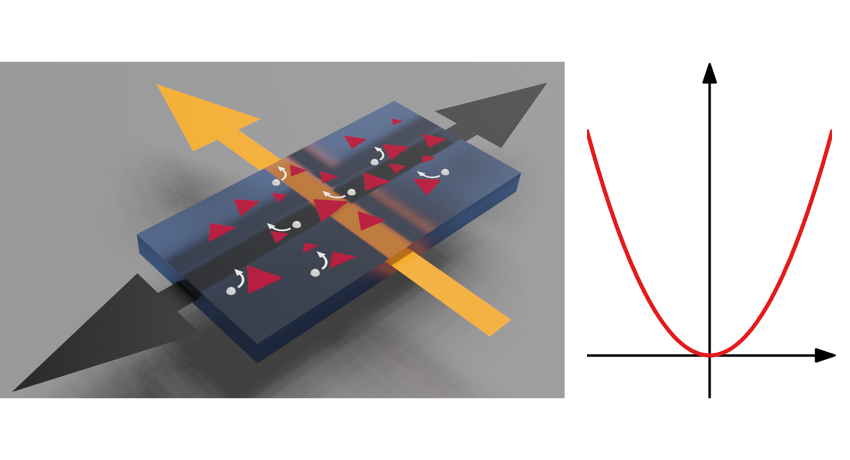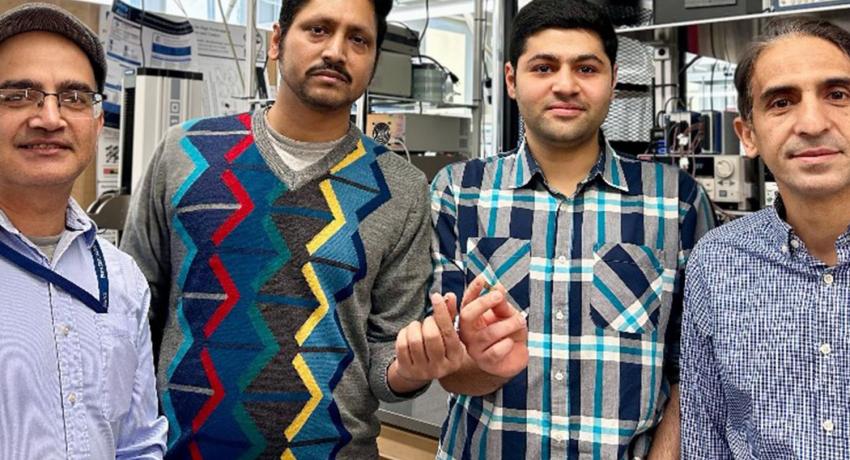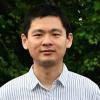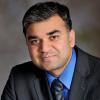Rewriting a scientific law to unlock the potential of energy, sensing and more
Researchers at Penn State defy thermal radiation law with unprecedented strength
By Sarah Small
A research team from Penn State has broken a 165-year-old law of thermal radiation with unprecedented strength, setting the stage for more efficient energy harvesting, heat transfer and infrared sensing.

